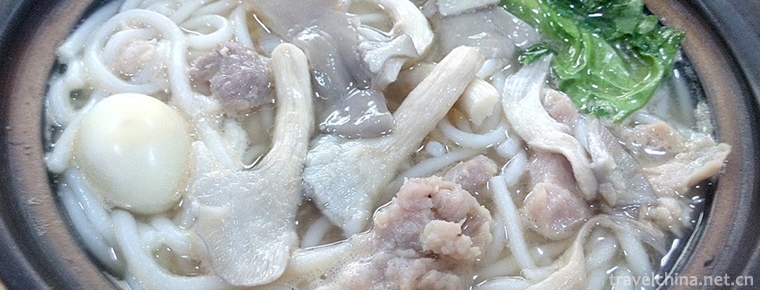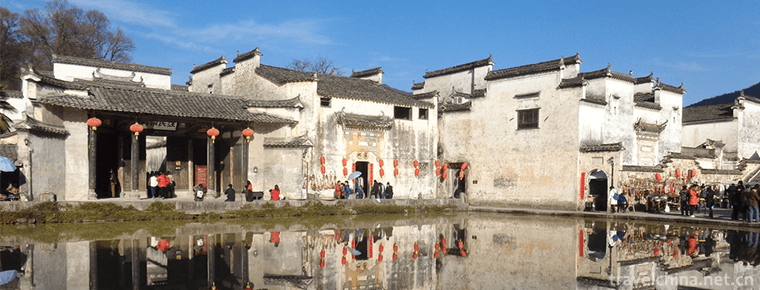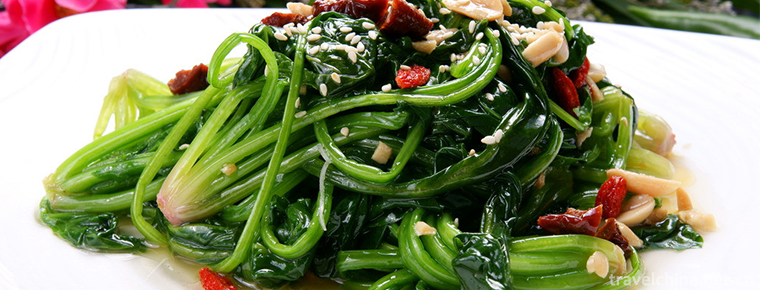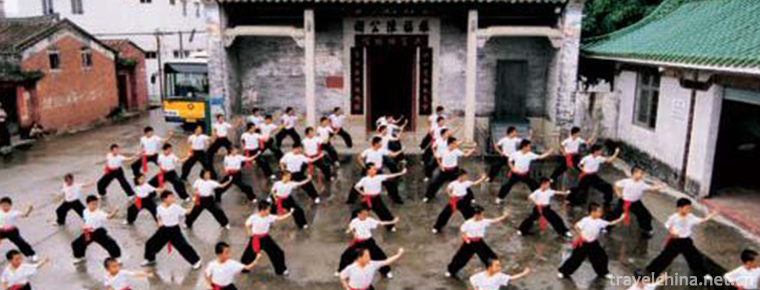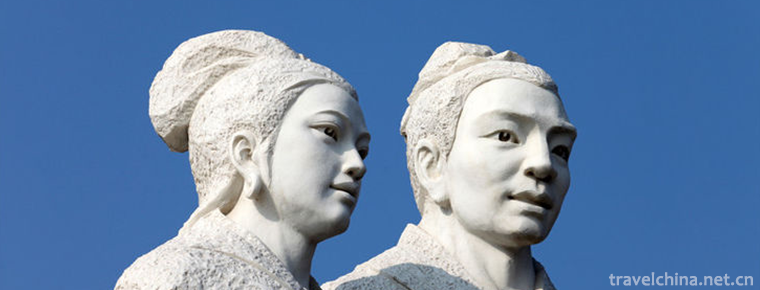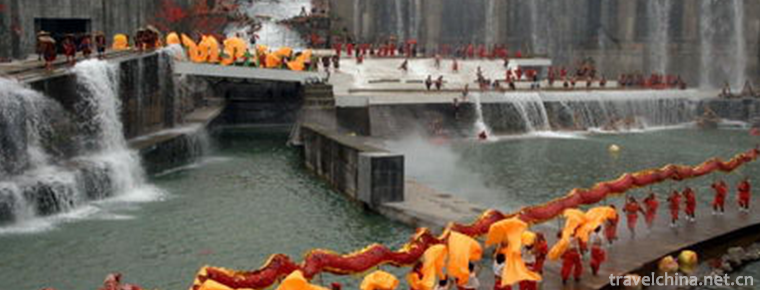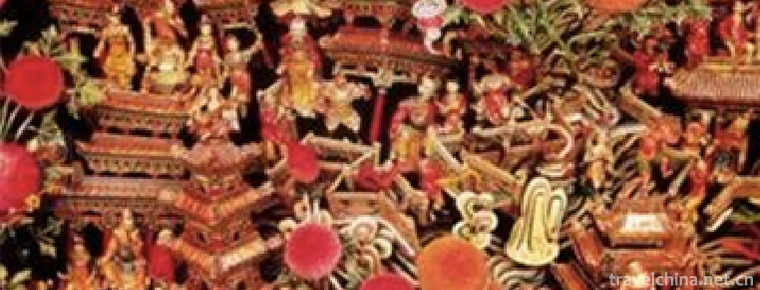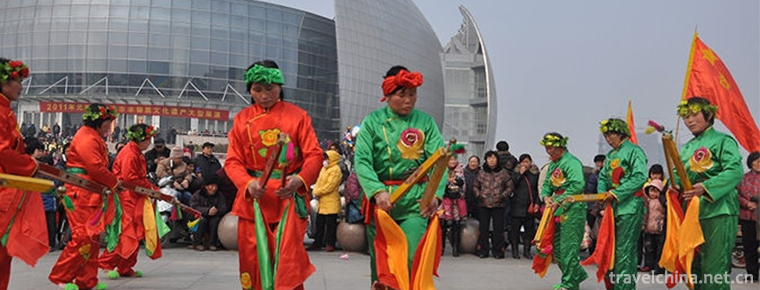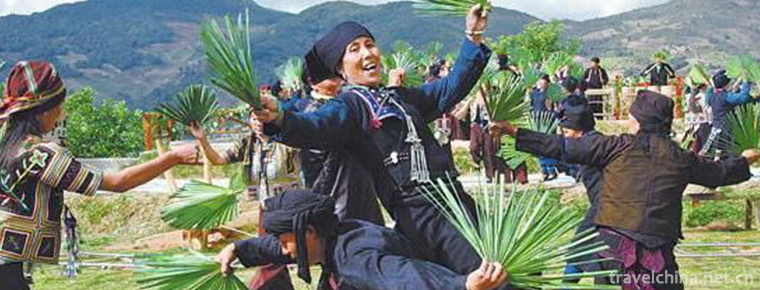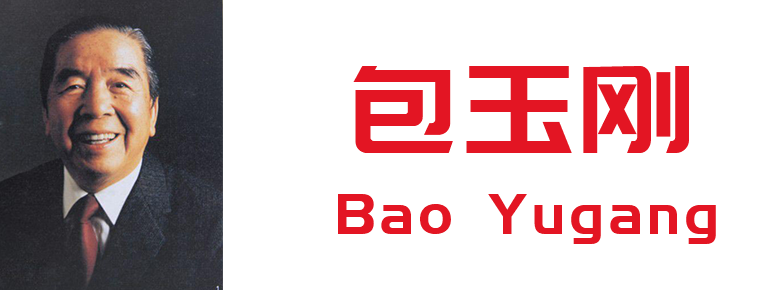Liaocheng acrobatics
Liaocheng acrobatics
Liaocheng acrobatics is a traditional folk acrobatics art in Shandong Province. Liaocheng is one of the birthplaces of Chinese acrobatics. In the late Neolithic period, Liaocheng was the main area where the Dongyi people lived. At that time, Chiyou, the leader of the Dongyi people, was said to be a master of acrobatics. Ancient acrobatics originated from Jiao Dai, or Chiyou Opera. Liaocheng acrobatics is now distributed in Donga, Chiping, Yanggu and other counties and their surrounding areas. During the Spring and Autumn Period and the Warring States Period, the Acrobatic Circus in Liaocheng was initially developed and had basically matured in the Han Dynasty. During the Three Kingdoms Period, acrobatics circus was very popular in Donga area of Liaocheng, and became a form of performance with acrobatics as the main part and other skills. Cao Zhi, the king of Donga, once described this situation with the poem "cock fighting in the eastern suburbs, horse walking between catalpa trees". Historically, the Yellow River was flooded with disasters. Many farmers had to abandon agronomy in order to survive. Mengzhuang, Hezhuang and Zhang Darenji villages in Donga County were famous acrobatic villages.
On May 20, 2006, the heritage was approved by the State Council and listed in the first batch of national intangible cultural heritage list.
Liaocheng acrobatics
Liaocheng is one of the birthplaces of Chinese acrobatics. In the late Neolithic period, Liaocheng was the main area for the activities of the Dongyi people. Chiyou, the leader of the Dongyi people at that time, was said to be a master of acrobatics. Ancient acrobatics originated from Jiao Dai, or Chiyou Opera. Liaocheng acrobatics is now distributed in Donga, Chiping, Yanggu and other counties and their surrounding areas.
During the Spring and Autumn Period and the Warring States Period, the Acrobatic Circus in Liaocheng was initially developed and had basically matured in the Han Dynasty. During the Three Kingdoms Period, acrobatics circus was very popular in Liaocheng's Donga area, and became a form of performance with acrobatics as the main part and other skills. Cao Zhi, the king of Donga, once described this situation with the poem "cock fighting in the eastern suburbs, horse walking between catalpa trees". Historically, the Yellow River was flooded with disasters. Many farmers had to abandon agronomy in order to survive. Mengzhuang, Hezhuang and Zhang Darenji villages in Donga County were famous acrobatic villages. In the early Republic of China, there were dozens of Acrobatic Circus troupes in Donga County alone. In addition, there are dozens of acrobatic troupes in Yanggu, Siping, Shenxian and Linqing. Some of them have performed in Korea, Japan and Singapore. In 1955, eight circuses were formally organized in Donga County. In 1970, Liaocheng Acrobatic Troupe was established.
Liaocheng acrobatics has a long history, with a large number of artists, and gradually formed a cultural system of acrobatics industry with Qilu characteristics. Liaocheng acrobatics mainly includes circus, magic and performance. It attaches great importance to waist and leg performance, highlights new, difficult, strange, beautiful and dangerous artistic style, simple, heroic and rugged, known as Qilu Yinghao, and is loved by the masses.
At present, although Liaocheng acrobatics has been vigorously explored and advocated, there is still a declining trend. This is mainly because with the improvement of living standards, acrobatics as a means of livelihood has become unattractive to today's young people, resulting in a serious succession of no one phenomenon. Some accomplished acrobats have gradually withdrawn from the stage because of their advanced age, and some have died one after another, making some stunts face the danger of losing their heritage.
In 1993, the Ministry of Culture approved the establishment of a Chinese juvenile acrobatics base in Liaocheng, and included it in the Dandelion Plan of the State Council. The Liaocheng government has established the Dandelion Acrobatic Art School in Liaocheng, relying on the Chinese Children's Acrobatic Base, to train the reserve talents of acrobatics. However, it is still far away from the scientific, three-dimensional, comprehensive and original ecological protection, and the consciousness and efforts of rescue and protection of intangible heritage need to be further strengthened.
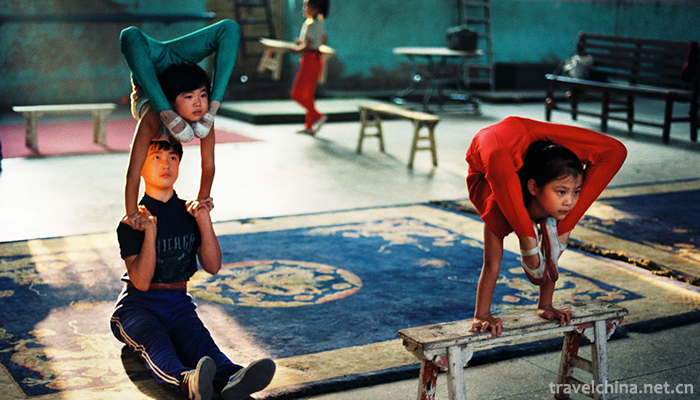
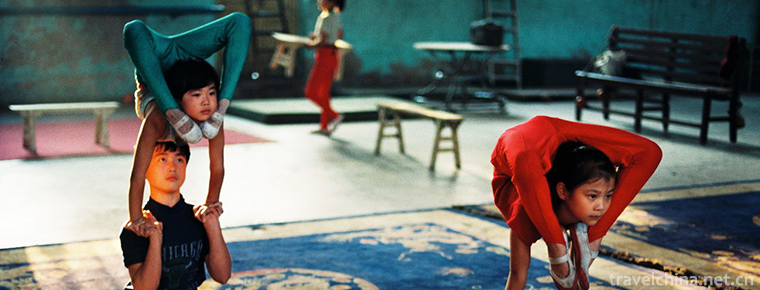
Liaocheng acrobatics
-
The Good friends rice noodles
Laoyou powder is a local delicacy in Nanning, Guangxi. In 2007, it was selected as the first 26 items of intangible cultural heritage list published by Nanning.
Views: 225 Time 2018-11-03 -
Ancient Villages in Southern AnhuiXidi and Hongcun
Ancient villages in southern Anhui refer to some traditional villages distributed in Anhui and Jiangxi provinces of China and south of the Yangtze River.
Views: 112 Time 2018-12-08 -
Spinach with Eight Delicacies
Babao spinach is a traditional Shandong dish, which belongs to Shandong cuisine. It is rich in color, bright, delicious, light and refreshing. In addition to spinach, Babao spinach is also equipped wi
Views: 207 Time 2019-03-25 -
Cai Lifo quan
Cai Li Foquan is one of the Nanquan in Chinese traditional boxing. Legend has it that Chen Heng (1806-1875), a native of Jingmei Township, the new capital of Guangdong Province,
Views: 205 Time 2019-04-04 -
Tea ceremony
Tea art is a kind of culture. On the basis of Chinese excellent culture, tea art has absorbed and borrowed other art forms extensively, and expanded to literature, art and other fields
Views: 226 Time 2019-04-15 -
Legend of Dong Yong
Dong Yong's legend is the fifth largest love legend and the fifth largest folk legend in ancient China. It was first recorded in Liu Xiang's Biography of Filial Piety (Picture) in the Western Han Dyna
Views: 134 Time 2019-04-27 -
Dujiangyan Drainage Festival
The Qingming Drainage Festival is a traditional festival in Dujiangyan, Sichuan Province. Every year during the Qingming Dynasty, Dujiangyan City welcomes the annual Qingming Drainage
Views: 248 Time 2019-04-28 -
Sweat green
"Khan Qing Gele" is a heroic epic of the Mongolian people in Haixi. In the form of rap and speech, it tells the story of the Mongolian heroes destroying demons and saving the people, flashin
Views: 243 Time 2019-05-02 -
Shangyang Dance
Shangyang Dance originated in the northern part of Juancheng County and spread around Li Jinshitang Town and Old Town. It is represented by Xinggrang Village of Li Jinshitang Town. According to textua
Views: 454 Time 2019-06-13 -
Brown Fan Dance
On the day of the grand Brown fan dance festival, adult men gather in groups on a square with their own delicacies and rice wine every day, and hold a large-scale Brown fan dance activities by arrangi
Views: 398 Time 2019-08-16 -
Bao Yugang
In early years, he entered Shanghai Zhongxing school. Wusong merchant shipping Academy 。 Drop out of school in 1937 Central Trust Bureau Hengyang office, deputy manager of Hengyang branch of China Ind
Views: 236 Time 2019-09-06 -
Hefei University Of Technology
HeFei University of Technology (Hefei University of Technology) is directly under the Ministry of education of People's Republic of China. National Key Universities By Ministry of Education , Anhui Pr
Views: 302 Time 2019-11-11
